26 Tasty Dutch Snacks to Discover on Your Food Journey
Dutch snacks stand as a beloved culinary treasure, embodying traditional comfort food with inventive flair.
More than just quick bites, these flavorful morsels carry rich cultural heritage and generations of expert craftsmanship.
Crispy, savory, and sometimes delightfully surprising, they showcase the Netherlands’ exceptional food creativity.
Each snack unfolds a unique story shaped by local ingredients and time-tested preparation methods.
Both locals and visitors delight in these perfectly balanced treats that marry crunch and softness.
Celebrated as essential elements of Dutch street food culture, these 26 classic snacks promise a mouthwatering journey that will transport you straight to the heart of the Netherlands.
Classic Dutch Snacks for Any Time of Day
Dutch snack culture is all about crispy, gooey, and fried delights, perfect for sharing or grabbing on the go. Experience treats from street carts to cozy cafés.
Poffertjes
Poffertjes are miniature, pillowy Dutch pancakes crafted from yeast and buckwheat flour that deliver a unique bite-sized culinary experience.
Netherlands street vendors and festival stands specialize in these tiny treats, traditionally cooked in a distinctive cast-iron pan called a poffertjespan.
Warm servings feature a classic topping of melted butter and powdered sugar, though modern variations include fresh fruit, whipped cream, and rum-infused options.
Winter festivals and holiday markets showcase these beloved snacks, with street carts populating Dutch cities during Christmas and New Year celebrations.
Bakers create each poffertje as a small, puffy round pancake that differs from traditional flat pancakes.
Their light, airy texture makes them a popular street food and festival treat.
Poffertjes require specialized cooking techniques and equipment to achieve their signature fluffy consistency.
Visitors and locals alike enjoy these compact pancakes as a quick, satisfying snack throughout the Netherlands.
Kibbeling
Kibbeling is a beloved Dutch street food featuring bite-sized white fish chunks coated in crispy golden batter and deep-fried to perfection.
Traditionally made with cod or hake, these golden-brown morsels are a staple in Dutch seafood cuisine and street markets across Netherlands.
Fishmongers carefully select fresh fish, cut it into uniform pieces, and dip them in a light, seasoned batter before frying until crunchy and golden.
You can enjoy kibbeling as a quick snack or casual meal, often accompanied by zesty garlic sauce, tangy remoulade, or whiskey sauce.
Sailors and coastal communities first popularized this dish, transforming simple fish into a crispy, satisfying treat.
Street vendors and fish shops throughout Netherlands serve kibbeling as a quick, affordable lunch or afternoon snack.
Restaurants sometimes pair it with French fries and fresh salad for a complete meal.
Kalfsvleeskroket
Kalfsvleeskroket are crispy Dutch deep-fried snacks packed with succulent veal ragu, beloved across Netherlands for their convenient street-food appeal.
Netherlands street vendors and snack bars serve these elongated golden-brown treats in quick-serve food machines and casual dining spots.
Veal ragu gets carefully thickened with flour, then coated in crunchy breadcrumbs before sizzling in hot oil.
Each kroket delivers a rich, meaty interior encased in a perfectly crisp exterior that breaks with a satisfying crunch.
Traditional preparation involves creating a smooth, dense filling using finely ground veal mixed with seasonings and binding ingredients.
Dutch snack enthusiasts often enjoy these krokets plain or with a dollop of tangy mayonnaise.
Originating from classic European croquette techniques, kalfsvleeskroket represent a quick, portable meal option.
Rundvleeskroket
Rundvleeskroket is a crispy Dutch street snack featuring breaded and deep-fried beef ragu with a golden-brown exterior and creamy interior.
Holland's popular quick bite delivers rich meaty flavors through a unique flour-thickened filling encased in a crunchy breadcrumb shell.
Street food vendors and cafes across Netherlands sell these elongated krokets as convenient handheld treats.
Mustard serves as the classic accompanying condiment for enhanced taste.
Consumers enjoy rundvleeskroket alone or tucked inside a soft bread roll.
Travelers often discover this snack in vending machines throughout Dutch cities.
Street-side stands and small eateries frequently offer these affordable bites.
Locals consider rundvleeskroket a beloved national comfort food enjoyed during quick lunch breaks or casual snacking moments.
Gerookte Paling
Gerookte paling embodies Netherlands' rich seafood heritage, transforming humble river eels into a prized delicacy through traditional smoking techniques.
Amsterdam's herring stands showcase this specialty, where rich, oily fish gets carefully preserved with centuries-old methods.
Omega-3 fatty acids and proteins make this snack exceptionally nutritious for health-conscious consumers.
High market prices result from significant eel scarcity in modern times.
Traditional preparation involves slow smoking to enhance natural fish flavors.
Restaurants and street vendors typically serve gerookte paling on crisp crackers or soft bread.
Dutch fishermen have perfected this preservation technique over generations.
Small portions satisfy quick hunger while delivering intense maritime taste sensations.
Oliebol
Oliebollen are traditional Dutch deep-fried pastry balls that burst with crispy exterior and fluffy interior, symbolizing winter festivity and comfort food.
Netherlands celebrates this beloved snack during Christmas and New Year celebrations, where street vendors and home cooks craft these golden-brown treats.
Preparing oliebollen involves mixing flour, eggs, yeast, milk, and baking powder into a light dough that creates a soft, chewy center.
Bakers often incorporate raisins or currants directly into the mixture for added sweetness and texture.
Hot oil transforms the dough into puffy, round pastries that emerge golden and crisp.
Powdered sugar typically dusts the surface, adding a delicate sweetness to each bite.
Street fairs and winter markets become prime locations for enjoying these popular fritters.
Traditional recipes pass through generations, maintaining authentic techniques and flavors that connect Dutch culinary heritage.
Brabants Worstenbroodje
Brabants worstenbroodje are savory Dutch sausage rolls originating from North Brabant province, featuring a golden-brown pastry encasing seasoned ground meat.
Bakers craft these winter snacks with a rich dough blending flour, milk, yeast, sugar, butter, and eggs.
Meat fillings combine ground beef and pork with breadcrumbs, eggs, and aromatic spices like nutmeg and parsley.
Skilled bakers shape the rolls into elegant oval forms before baking them to crispy perfection.
Warm and satisfying, these rolls provide comfort during cold Netherlands winters.
Street vendors and bakeries across North Brabant sell these popular treats.
Traditional recipes pass through generations, maintaining authentic flavor profiles.
Regional pride shines through each handcrafted worstenbroodje, reflecting Dutch culinary heritage.
Kroket
Kroketten are crispy Dutch deep-fried rolls packed with savory meat ragout that crunch dramatically when bitten into.
Dutch street vendors popularized these golden-brown snacks after World War II as quick, satisfying meals.
Meat-filled versions remain the most traditional type of kroket in Netherlands cuisine.
Breadcrumb-coated logs typically contain shredded beef or veal mixed with creamy gravy inside.
Kroket recipes first emerged in Dutch cookbooks around 1830, showing their long culinary history.
Modern variations now include ingredients like seafood, cheese, and vegetable fillings.
Restaurants and street stalls serve kroketten as popular grab-and-go snacks across Netherlands.
Bitterballen
Bitterballen are crispy deep-fried beef croquettes that originated in 17th-century Netherlands during Spanish occupation.
Traditionally served in brown cafes as a popular bar snack, these golden-brown balls combine shredded beef, flour, and rich broth into a creamy interior coated with crunchy breadcrumbs.
Dutch pub owners perfected the recipe by adapting Spanish techniques, creating a savory treat best enjoyed with tangy mustard and cold jenever liquor.
Beef and seasonings form the core mixture, which is carefully rolled and fried until achieving a perfectly crisp exterior.
Locals prefer bitterballen alongside french fries and traditional Dutch bitters for a complete drinking experience.
Beer remains the ideal companion beverage for these irresistible meat-filled spheres.
Small gatherings often feature bitterballen as a crowd-pleasing appetizer that celebrates Dutch culinary tradition.
Saucijzenbroodjes
Saucijzenbroodjes are savory Dutch pastry rolls packed with spiced ground beef encased in flaky puff pastry.
These popular street snacks originate from Netherlands and feature seasoned meat logs shaped to resemble sausages.
Ground beef mixed with nutmeg and black pepper creates a rich, flavorful filling that perfectly complements the crispy pastry exterior.
Bakeries, fast food joints, and train stations across Netherlands frequently serve these handheld treats.
Lunch crowds often grab these rolls as a quick, satisfying meal.
Netherlands residents consider these pastry rolls a classic comfort food.
Versatile and delicious, saucijzenbroodjes remain a beloved national snack.
Worstenbroodje
Worstenbroodjes are traditional Dutch meat-filled bread rolls originating from North Brabant, featuring a juicy ground pork and beef mixture seasoned with pepper, nutmeg, and parsley inside a soft bread casing.
Regional bakers carefully craft these hearty snacks with carefully selected meats and precise spice blends that create a rich, satisfying flavor profile.
Netherlands residents enjoy worstenbroodjes throughout the year, though they become particularly popular during colder winter months.
Street vendors and bakeries across North Brabant proudly serve these savory rolls as a quick, filling meal or snack.
Each worstenbroodje combines simple ingredients with deep cultural significance.
Small bakeries often compete to create the most flavorful version of this beloved regional specialty.
Krentenbollen
Krentenbollen are traditional Dutch bread rolls packed with sweet currants and raisins that originated in rural Netherlands as a hearty peasant staple.
Dutch bakers carefully knead dried fruits into soft wheat dough, creating a lightly sweetened bread with rustic charm.
Bakeries throughout Holland sell these rolls fresh daily, often warm from the oven.
Locals enjoy krentenbollen as a versatile breakfast or snack option, serving them with butter, cheese, or ham.
Families frequently serve these rolls during weekend brunches or afternoon tea gatherings.
Nutritionally, these rolls provide quick energy from natural fruit sugars and whole grain wheat.
Netherlands bakeries consider krentenbollen a beloved national bread specialty with deep cultural roots.
Kaassouffle
Kaassouffle are crispy deep-fried cheese pastries originating from Netherlands, featuring a golden-brown breaded exterior that encases melted cheese in a satisfying crunch.
Street vendors and snack bars across Dutch cities sell these rectangular or half-moon shaped treats, which became popular in the 1960s as a quick and delicious snack.
Gouda cheese serves as the traditional filling, though modern variations include ham, spinach, and alternative cheese types for added flavor complexity.
Crispy outer layers provide a perfect contrast to the soft, molten cheese interior.
Netherlands street food culture embraces kaassouffle as a go-to quick bite, especially popular after late-night outings.
Versatile and satisfying, these cheese-filled pastries continue to delight locals and tourists alike.
Kipcorn
Kipcorn are crispy Dutch street food cylinders packed with processed chicken or turkey meat, deep-fried to golden perfection and beloved across Netherlands as a quick, satisfying snack.
Breaded with crunchy cornflakes or breadcrumbs, these handheld treats offer a crisp exterior that contrasts with the soft, seasoned meat interior.
Street vendors and fast food shops commonly serve kipcorn as a popular grab-and-go meal for hungry customers.
Restaurants and food stands prepare these snacks by shaping meat slurry into cylindrical forms before coating and frying them.
Dutch culinary traditions embrace kipcorn as a casual, affordable protein option.
Meat processing techniques ensure consistent texture and flavor in each bite.
Originated in Netherlands, these snacks reflect simple yet effective fast food culture.
Kipcorn remain a staple street food option for locals and tourists seeking quick, tasty nourishment.
Space Cake
Space cakes are potent cannabis-infused pastries originating in Amsterdam that deliver intense psychotropic experiences through THC-loaded baked goods.
Dutch cannabis enthusiasts craft these treats by blending standard cake ingredients like flour, sugar, and eggs with cannabis butter for powerful mind-altering effects.
Consumers typically experience a prolonged high within three hours of eating the pastry, which distinguishes space cakes from other cannabis consumption methods.
Amsterdam pioneered this edible as a discreet alternative to smoking marijuana, making it popular among cannabis users worldwide.
Bakeries and cannabis shops frequently offer multiple variations of space cakes with different potency levels.
Cannabis butter serves as the critical ingredient transforming ordinary cake recipes into psychoactive experiences.
Dosage varies significantly between recipes, creating unpredictable effects for inexperienced users.
Medical professionals warn about potential psychological risks associated with consuming high-THC edibles.
Berenklauw
Berenklauw are succulent Dutch street food skewers featuring juicy meatballs and caramelized onions grilled to perfection.
These savory meat skewers originated in traditional Dutch street markets and quickly became a popular snack across Netherlands.
Vendors prepare berenklauw by carefully threading seasoned ground meat and sliced onions onto wooden sticks.
Each skewer combines rich meat flavors with sweet, slightly charred onion notes.
Street food enthusiasts enjoy these treats with zesty dipping sauces like spicy peanut or gypsy sauce.
These sauces typically blend tomatoes, paprika, onions, and sugar for an extra flavor kick.
Berenklauw offers a quick, satisfying meal that represents Dutch informal dining culture.
Meat lovers appreciate these portable, flavorful skewers as a classic street food experience.
Eierbal
Eierbal are deep-fried Dutch snack spheres originating in Groningen that encapsulate a whole hard-boiled egg within a crispy meat-based coating seasoned with curry powder.
Dutch street food vendors and cafes serve these golden-brown delicacies as quick, satisfying bites throughout eastern and northern Netherlands.
Regional culinary traditions inspire this unique protein-packed treat that combines eggs and seasoned ground meat in a single crisp exterior.
Street markets and local shops frequently offer fresh eierbal as convenient handheld meals.
Traditional preparation involves carefully wrapping boiled eggs with seasoned meat mixture before breading and deep-frying to achieve a crunchy golden shell.
Meat ragu surrounding the egg typically includes subtle curry spice for extra flavor complexity.
Netherlands residents enjoy eierbal as popular street snacks during casual dining experiences.
Crispy texture and rich protein content make these egg-centered spheres a beloved regional specialty.
Ontbijtkoek
Ontbijtkoek is a spice-rich Dutch rye cake loaded with aromatic ingredients like cinnamon, nutmeg, ginger, honey, pepper, and cloves that embodies Netherlands' baking traditions.
Dutch bakeries have crafted this dense sweet bread since the 16th century with regional variations across different provinces.
Southern Netherlands calls this treat peperkoek, highlighting its signature pepper ingredient.
Bakers mix warm spices into a thick rye-based dough that creates a deep brown cake with intense flavor profiles.
Butter and jam make perfect toppings for this hearty bread slice.
Accompanying tea or coffee enhances its rich spice notes.
Kaasstengels
Kaasstengels are crispy cheese-filled Dutch-Indonesian savory cookies packed with rich flavors from carefully selected ingredients.
Dutch and Indonesian culinary traditions blend seamlessly in these slender pastry snacks originating from colonial-era cultural exchanges.
Netherlands-style Edam or Gouda cheeses provide sharp, tangy undertones to the buttery base made from flour, margarine, and egg yolks.
Bakers often enhance texture by adding cream, powdered milk, or cornstarch for extra crispness.
Rectangular in shape and golden brown when baked, these cookies offer a perfect balance between crunchiness and smooth cheese intensity.
Homemade versions showcase family recipes passed through generations.
Salt and spices can be subtly incorporated to elevate the overall taste profile.
Indonesia and Netherlands share deep connections through these small yet flavorful cheese cookies.
Bamischijf
Bamischijf represents a crispy Dutch-Indonesian fusion snack featuring deep-fried breaded noodle patties originating from Indonesia's classic bamigoreng dish.
Factories mass-produce these frozen treats for quick preparation in snack bars across Netherlands.
Breadcrumb coating provides a golden, crunchy exterior that contrasts with soft noodle interior.
Indonesian stir-fried noodles form the core ingredient, creating a unique cross-cultural fast food experience.
Rectangular shape allows easy handling and convenient eating.
Deep-frying ensures a satisfying crunch and warm temperature.
Restaurants and street vendors serve bamischijf as a popular quick bite.
Netherlands embraced this snack as part of its multicultural culinary landscape.
Frikandel
Frikandel is a unique deep-fried skinless sausage originating in Belgium or the Netherlands during the 1950s.
Meat varieties originally included pork, chicken, and horse meat, though horse meat has largely disappeared from modern recipes.
Traditional serving styles range from simple plain sausages with mayonnaise to more elaborate preparations like broodje frikandel, which involves placing the sausage in a white bread bun.
Frikandel speciaal represents another popular variation where the sausage gets sliced and topped with mayonnaise, curry ketchup, and finely chopped onions.
Street food vendors and snack bars frequently offer this popular Dutch and Belgian treat.
Regional preferences influence specific preparation methods and ingredients.
The sausage remains a beloved quick meal across both countries, reflecting their shared culinary heritage.
Satekroket
Satekroket is a beloved Dutch street food blending Indonesian and Dutch culinary traditions with deep-fried breaded croquettes filled with spicy meat ragu and peanut satay sauce.
Street vendors and snack bars across Netherlands serve these crispy, golden-brown snacks hot and fresh from vending machines and kitchen counters.
Indonesians introduced satay flavors during colonial times, inspiring this unique fusion dish.
Breading provides a crunchy exterior that contrasts with the rich, savory filling inside.
Meat ragout mixed with traditional satay spices creates a complex flavor profile.
Locals enjoy satekroket as a quick, satisfying bite during lunch or late-night outings.
Peanut sauce adds a distinctive tangy and nutty dimension to the snack.
Netherlands embraced this innovative street food as a delicious example of cross-cultural culinary creativity.
Balkenbrij
Balkenbrij is a hearty Dutch peasant sausage blending pork offal, blood, and aromatic spices into a unique meat loaf prized for its rich flavor and resourceful origins.
Dutch farmers historically created this dish to use every part of the pig, transforming leftover organs and stock into a nutritious meal.
Ginger, pepper, licorice, anise, sugar, and cinnamon infuse the mixture with complex warmth and depth.
Ingredients are slowly cooked together, then cooled and solidified into a dense loaf.
Cooks typically slice the balkenbrij and fry it until crispy and golden brown.
Rural communities in Netherlands especially cherished this protein-packed dish during winter months.
Winter survival and economic necessity inspired its creation, making balkenbrij a testament to traditional Dutch culinary ingenuity.
Beschuit Met Muisjes
Beschuit met muisjes are classic Dutch birth announcement treats featuring crispy rusks topped with colorful sugar-coated aniseseeds.
Blue and pink anise sprinkles traditionally mark baby boys and girls, signaling a newborn's arrival to family and friends.
Netherlands celebrates each birth with these special crackers, which have deep cultural significance in Dutch social traditions.
Sweet aniseeds create a unique flavor profile that complements the crunchy beschuit base.
Margarine or butter helps the decorative sprinkles stick to the toasted rusk.
Guests receive these treats as celebratory snacks during baby welcome gatherings.
Family members often prepare them immediately after a child's birth.
Nasibal
Nasibal blends Indonesian and Dutch culinary traditions into a compact, crispy street food marvel.
Indonesian nasi goreng rice gets transformed into a breaded, golden-brown ball deep-fried to perfection.
Street vendors across Indonesia commonly sell these savory snacks from convenient vending machines.
Each nasibal contains a spicy mixture of rice, meat, and aromatic spices carefully packed inside a crunchy exterior.
Traditional ingredients like shallots, garlic, and chili peppers enhance the rice's complex flavor profile.
Dutch colonial influences are evident in the snack's unique preparation method and spherical shape.
Hot oil creates a satisfying crunch when the nasibal's breaded shell meets high temperatures.
Indonesians enjoy this portable, flavorful treat as a quick meal or snack throughout the day.
Spekdikken
Spekdikken are crispy Dutch bacon pancakes pressed thin in a waffle iron, originating from traditional Netherlands cuisine.
Rye flour gives these small pancakes a rich, hearty base with distinctive texture and flavor.
Bacon bits are carefully integrated throughout the batter, creating a salty and satisfying bite.
Butter and milk contribute to their smooth consistency and golden-brown exterior.
Stroop, a traditional Dutch syrup, often accompanies these savory treats as a complementary condiment.
Local bakeries and home cooks treasure this regional specialty for its simplicity and robust taste.
Netherlands farmers historically developed these pancakes as a quick, filling meal during long working days.
What Do Dutch Snacks Typically Taste Like?
Dutch snacks are known for their comforting, hearty flavors that balance savory, salty, and often a touch of sweetness. Common taste characteristics include:

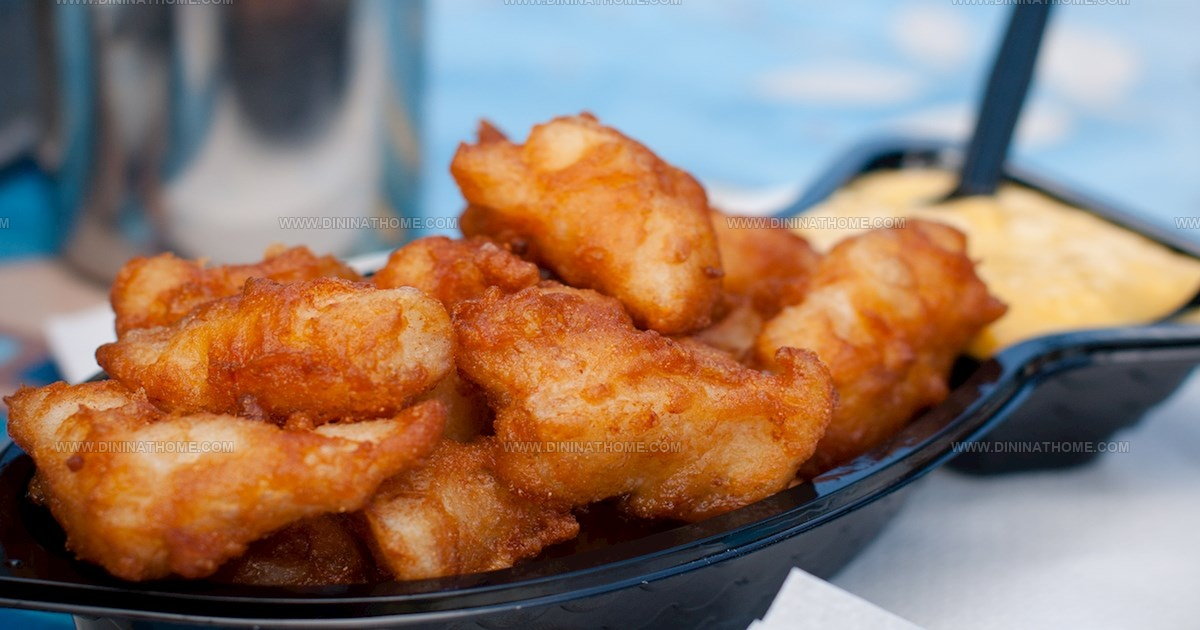
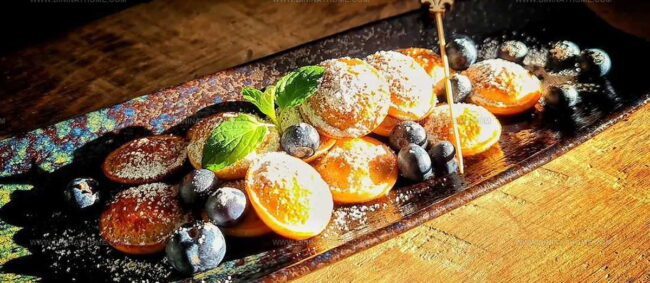
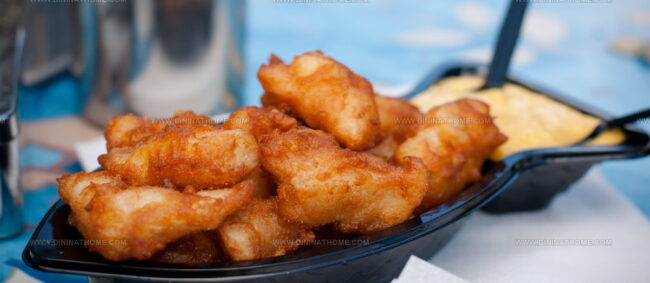
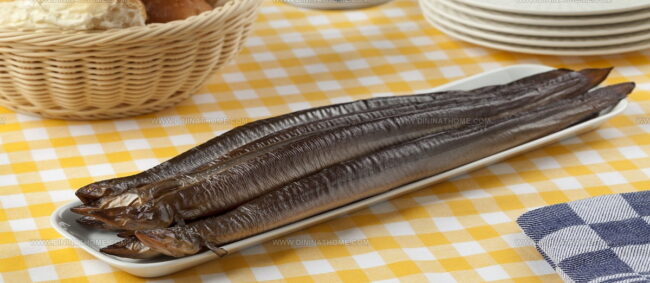
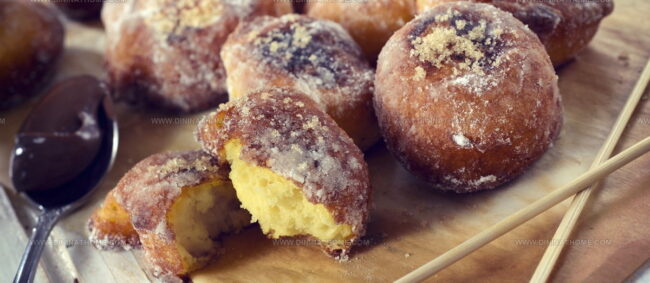
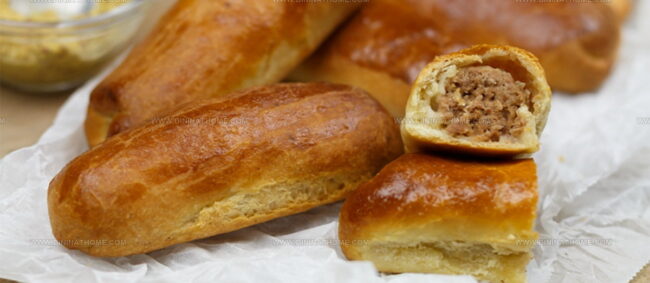
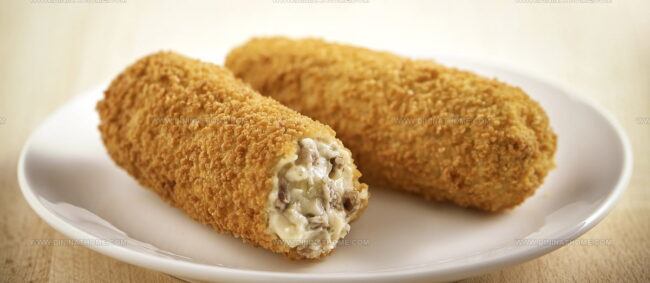
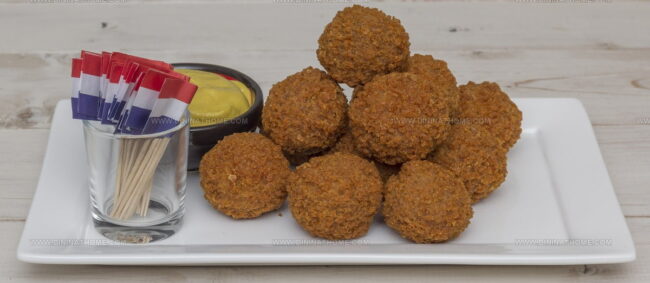
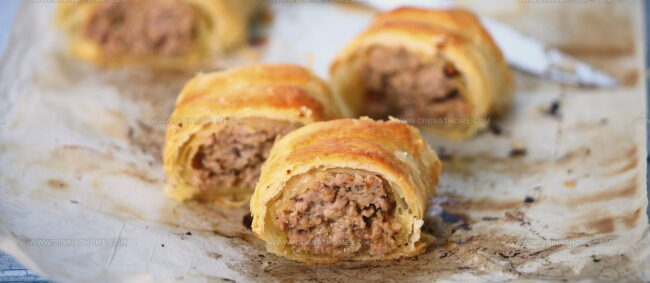
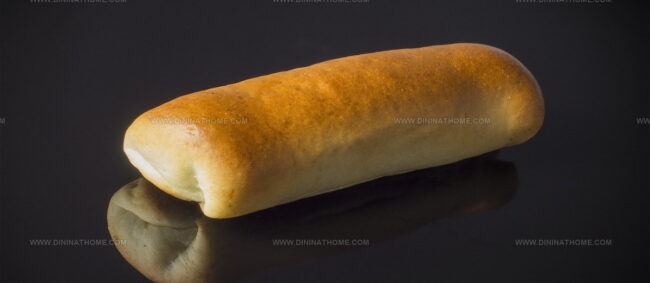
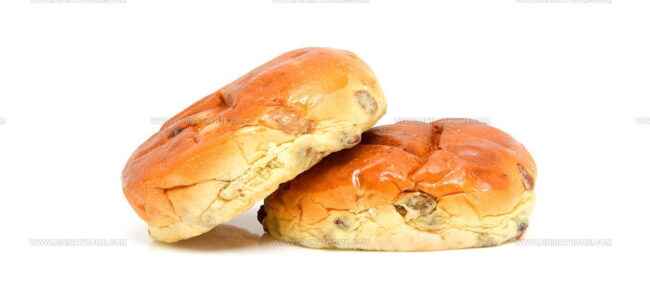
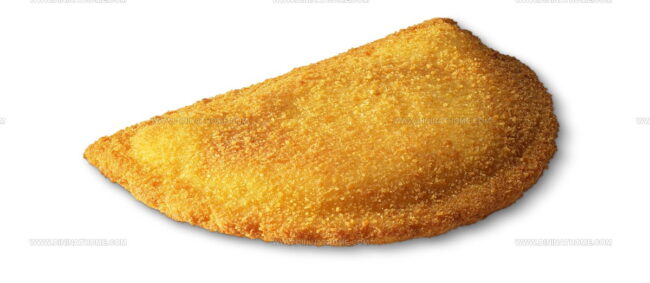
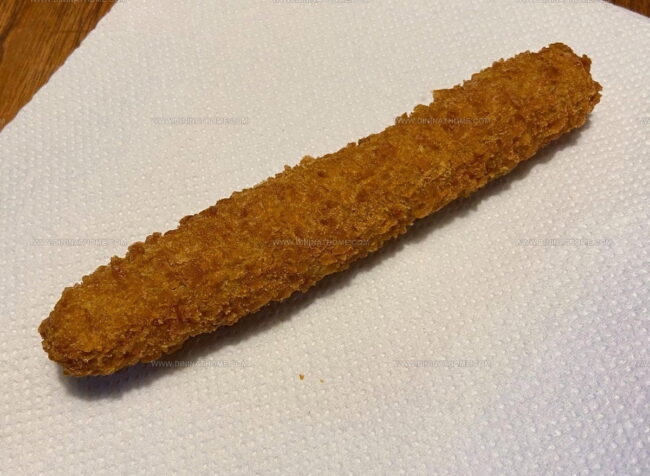
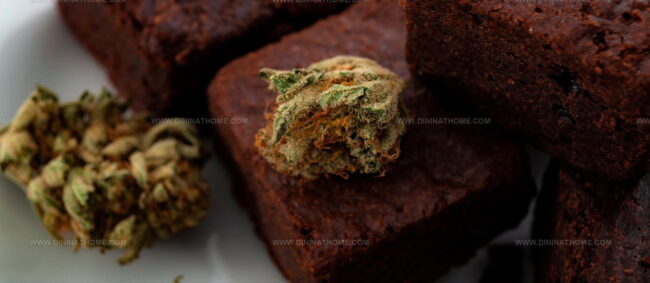
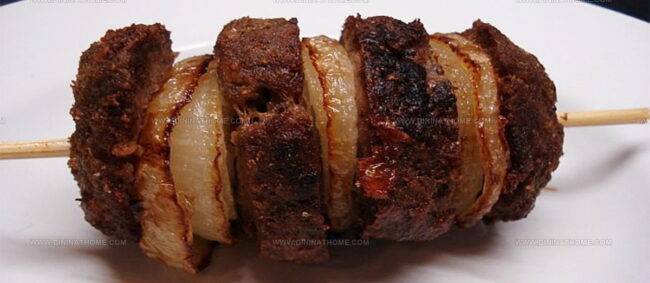
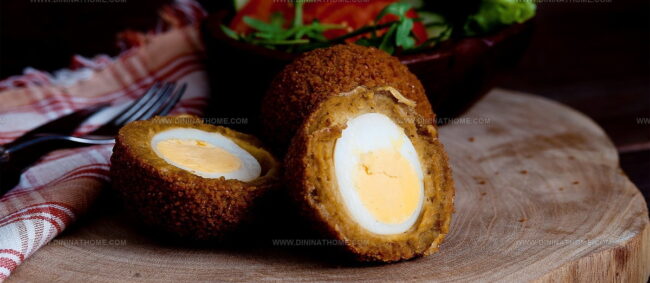
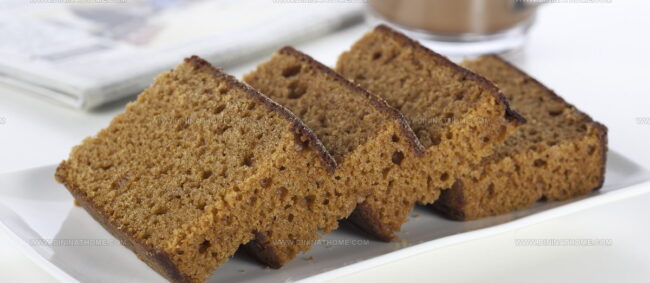
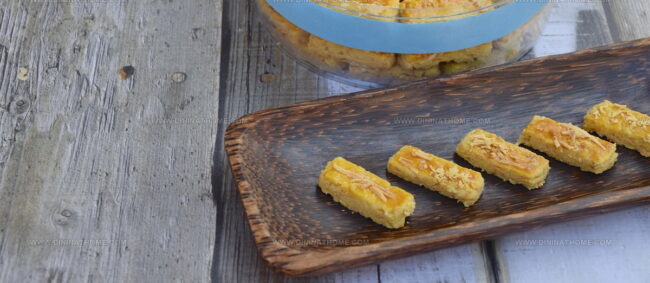
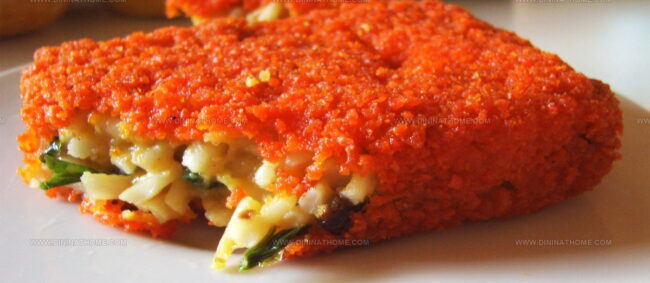
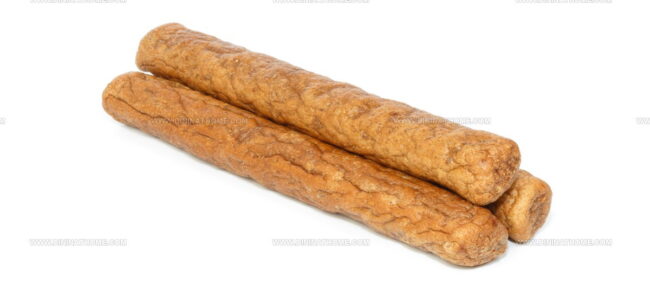
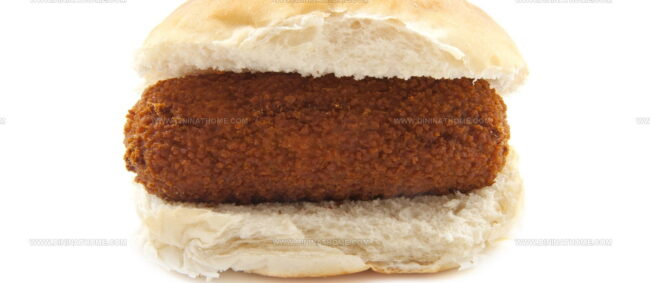
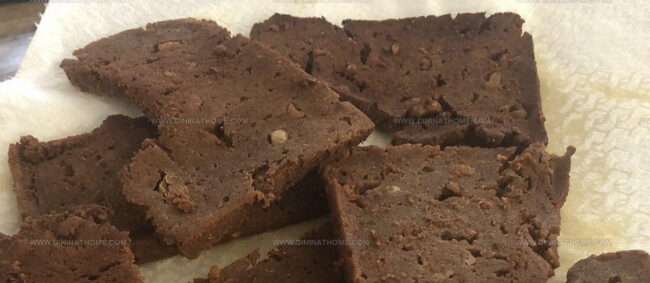
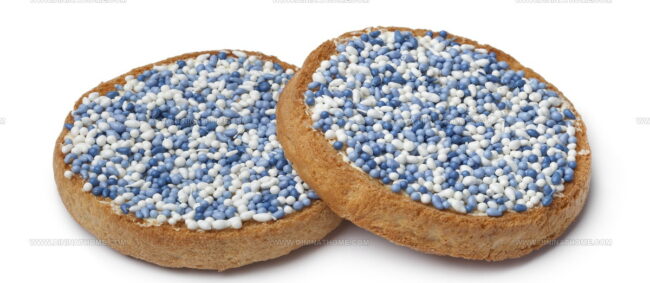
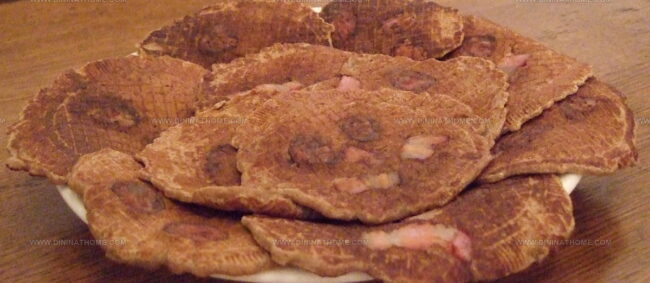
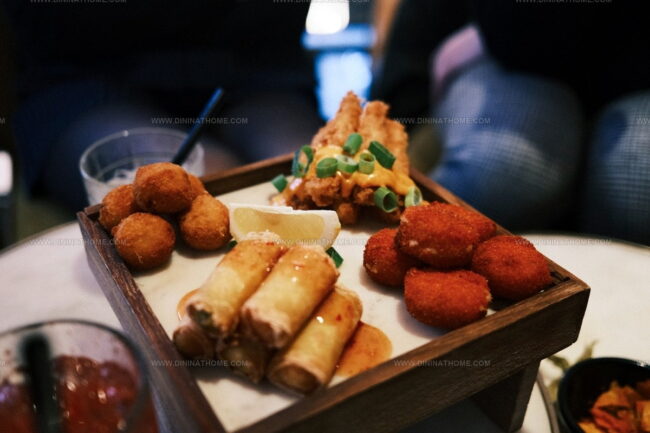
Emily Harper
Nutrition Consultant & Recipe Analyst
Expertise
Healthy Recipe Modification, Nutritional Analysis & Meal Planning, Global Cuisine & Dietary Adaptations
Education
School: French Pastry School, Chicago, IL
Program: L’Art de la Pâtisserie
Focus: Intensive training in traditional French pastry techniques, baking theory, and confectionery arts.
Emily’s journey started in a pastry kitchen but took a detour into the world of health and flavor science.
Graduating from the French Pastry School and studying nutrition opened her eyes to a new mission: making healthy food taste like something you’d actually crave.
At Dining At Home, Emily’s the go-to for smart, feel-good recipes that don’t trade flavor for nutrition.
She’s all about adding a fresh spin on old favorites and finding small ways to make everyday meals a little brighter.
Outside of the kitchen, Emily is most at home walking forest trails, testing plant-based recipes, or sharing a picnic under a wide-open sky.